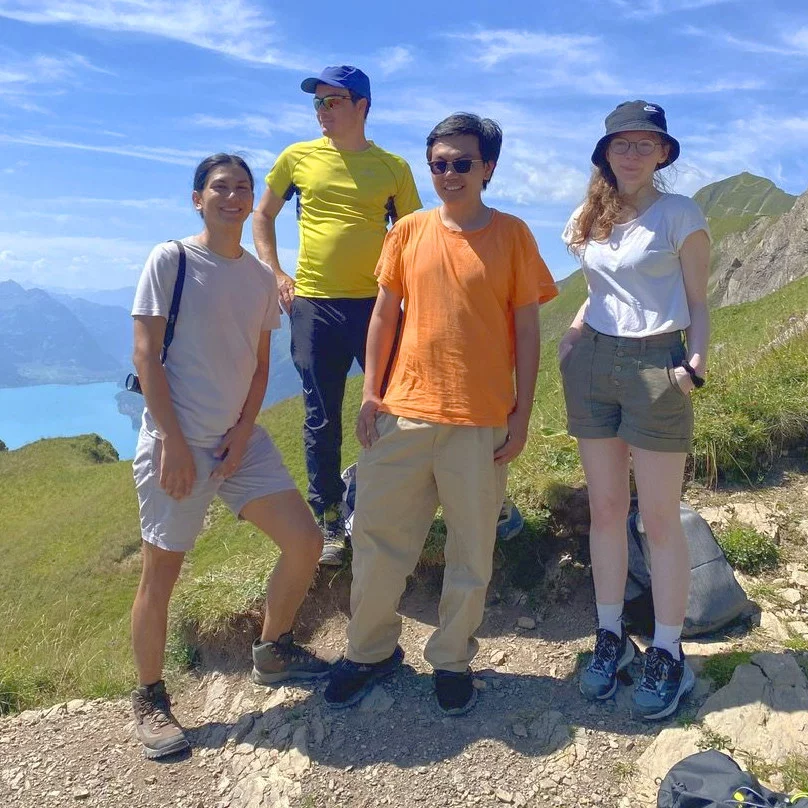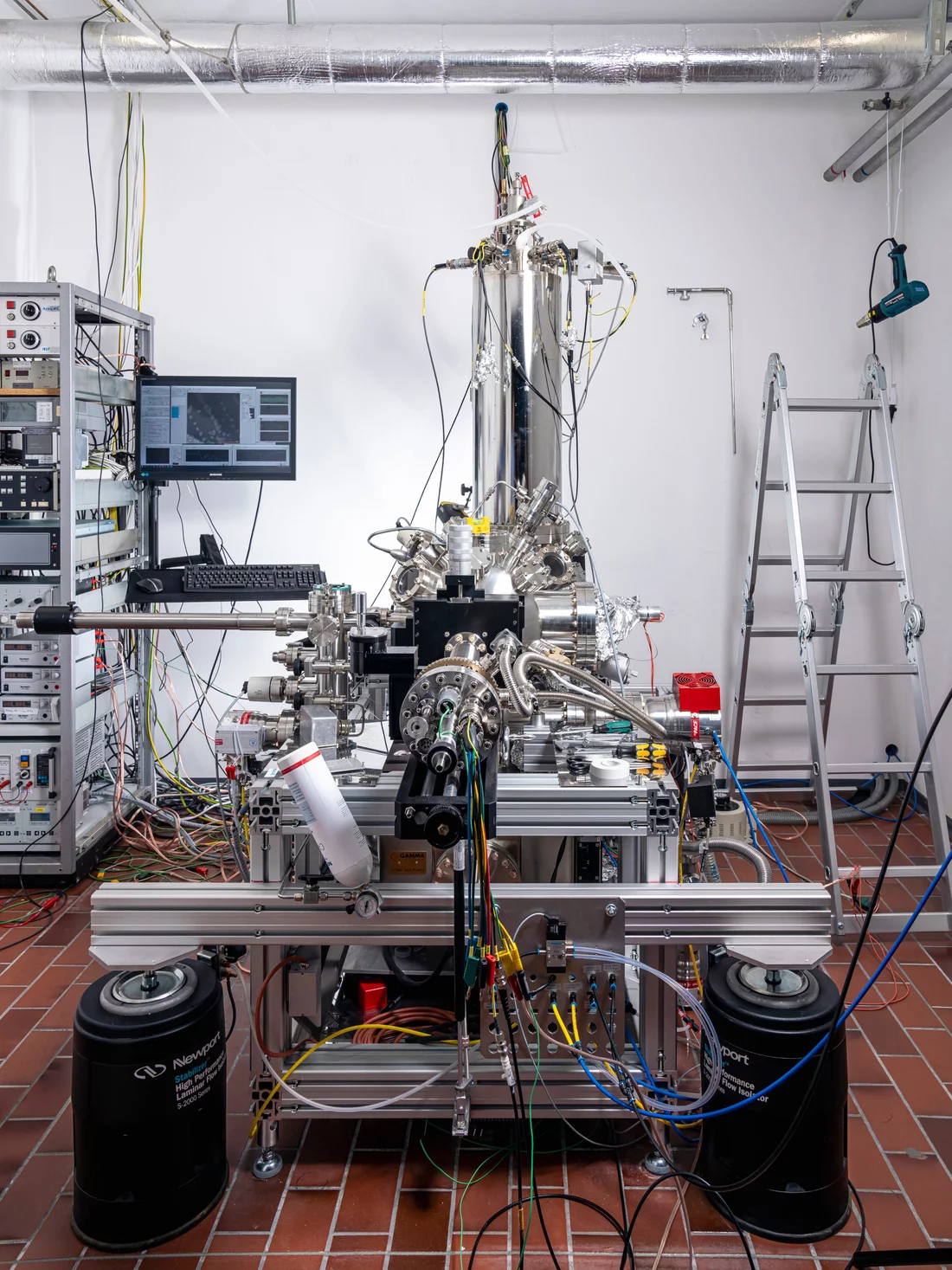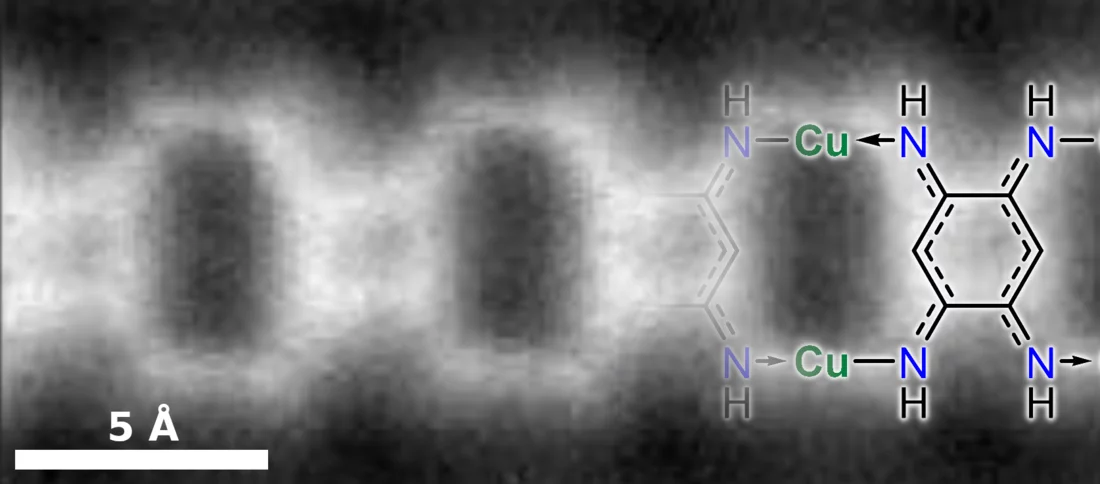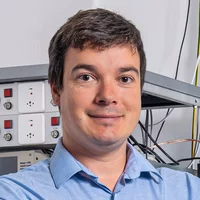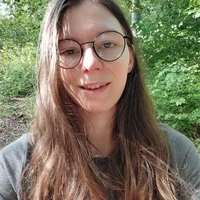The scanning probe transport group explores electronic transport in low-dimensional metal-organic nanomaterials. Such atomically precise low-dimensional nanostructures serve as ideal model systems to understand electronic quantum transport at reduced dimensions and ultimately create and control quantum electronics.
We combine low-temperature scanning probe microscopy (scanning tunnelling/non-contact atomic force microscopy – STM/nc-AFM), X-ray spectroscopy methods (photoelectron spectroscopy, X-ray absorption spectroscopy) with and micro/nanofabrication.
In this project funded by the Swiss National Science Foundation (SNSF) and co-hosted by PSI and EPFL, we want to obtain a fundamental understanding of this largely unexplored class of materials and to ultimately together exploit our new knowledge towards prototype devices.
Our Team
Assistant Professor at EPFL, Project Leader at PSI
Contact
Christian Wäckerlin
Head of the Scanning Probe Transport Group at PSI and EPFL
Paul Scherrer Institut, LXN, Villigen PSI
EPFL, IPHYS, Lausanne


